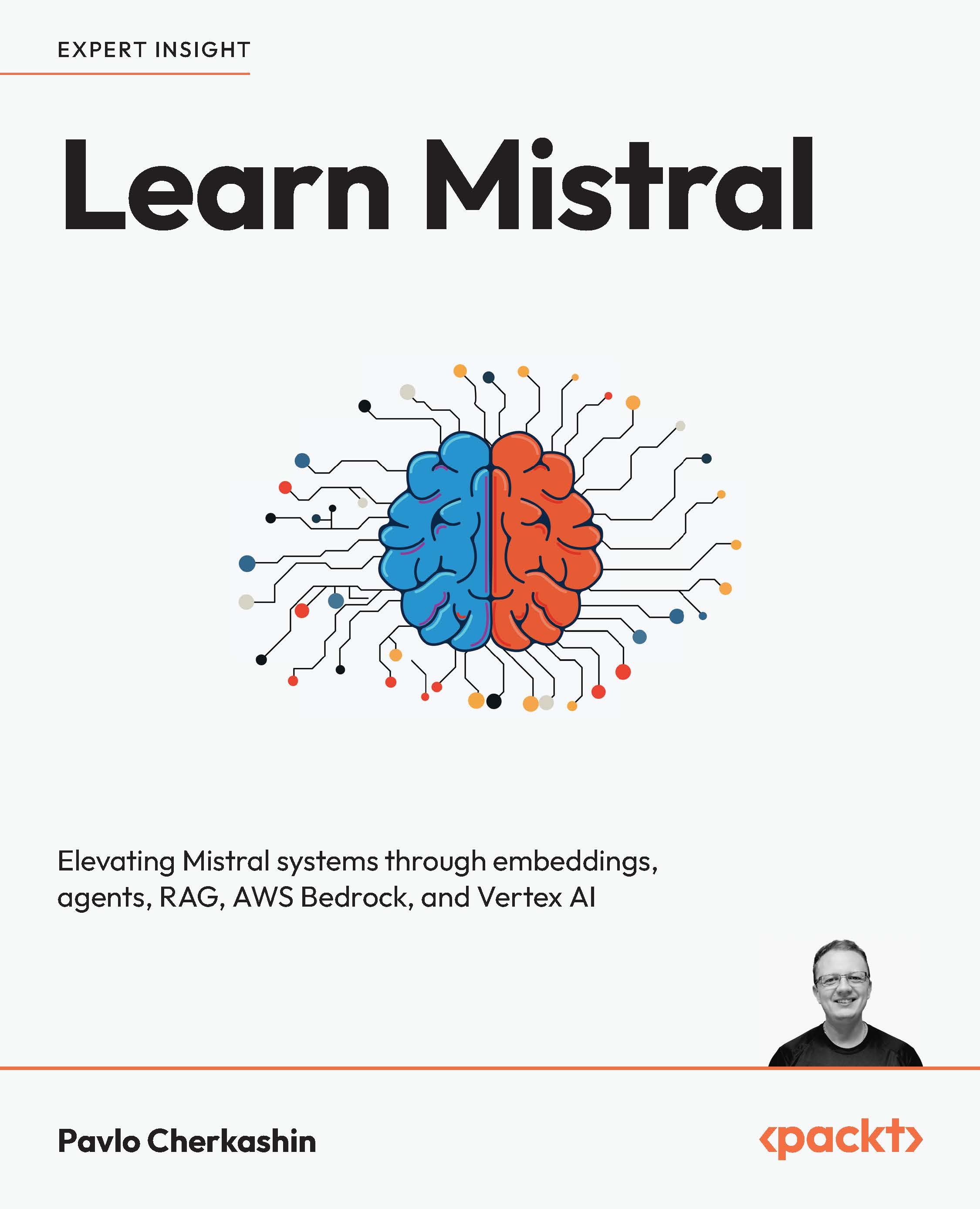Visualizing embeddings
So far, we’ve explored what vectors are, how they represent meaning, and how we compare them mathematically. But raw vectors, often with hundreds or thousands of dimensions, are difficult to interpret directly. That’s where visualization helps. By projecting high-dimensional embeddings into simpler forms—such as 2D scatter plots, clustered layouts, or similarity heatmaps—we can visually explore how data points relate semantically.
In this section, we’ll look at three common techniques: t-SNE, PCA, and heatmaps. Each provides a different lens into the structure of embedding space. These tools not only help you quantify similarity but also interpret and communicate it—essential skills when building AI systems that rely on embeddings.
t-SNE: Revealing local clusters
We’ll start with t-Distributed Stochastic Neighbor Embedding (t-SNE), a powerful technique for visualizing high-dimensional data by reducing...

































































